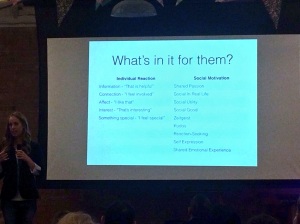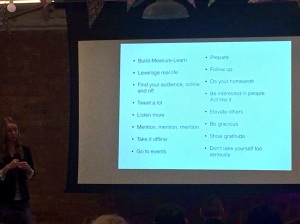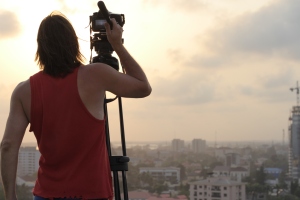
Image from Cultura Interactive
As someone who writes travel articles for newspapers and magazines, I’ve learned to navigate the world of PR. Basically, a company gives you something for free, in the hope that you will write about it, giving them exposure. In travel, this means that a brand (or tourist board) sends you somewhere in the hope that you will write about the destination or hotel. Of course, you cannot be forced to write good things about a product or place, but there will usually be some form of agreement, such as a “boiler plate” or “fact box” in which the air fares or hotel prices will be included.
But media is changing. Many people, and particularly millennials, no longer go to magazines or TV to engage with what they are interested in. Instead, they will go directly to a trusted source: a YouTuber, a blogger, an Instagrammer. These people are known as “influencers,” and are replacing traditional media in many fields, including beauty, sports, fitness and travel.
In my field of travel, someone thinking of going to India may look at vlogger Alex Chacon or Instagrammer Kristin Addis instead of Sunday Times Travel Magazine. Brands have recognised that, in order to raise awareness in their target market, they need to be in the places where their target market are hanging out to learn. Just as brand previously ensured they were featured in magazines, they now need influencers to use and talk about their products.
The Agency Guy
Mike Bandar runs Real Tribe, an agency that connects brands with “influencers.” Here’s what he had to say about the phenomenon.
Why – the slow rejection of traditional advertising
- Banner ad click through rates went from 44% in 1994 to 0.004% today
- Almost no-one clicks on paid search appearances in Google
- 18-24 year olds don’t click on hyperlinks anymore – they cannot be forced to move elsewhere
- Same change happened in print: from classified ads, to ads between content, to advertorials
- Brands, like Sony Vaio and Heineken, use product placement in movies, such as James Bond
What – Influencers
Alternative: rather than forcing people to see your product, talk to them in the way that they already do. We like to boast or talk about products or services we enjoy. People listen to opinions they respect. Influencer marketing hijacks these existing relationships.
- Different to celebrity
- People come to them because they are the leader of a tribe. They are seen as friends and are accessible
- They are highly engaged and come with trust
- They are the model consumer in a genre
- They curate the message between a brand and consumer – commenting, recommending, using
Tips for brands using influencers
- Be clear on your goal (makes it easier to measure ROI)
- Allow creative freedom – they are partners not actors
- They know their audience better than you do
- You aren’t buying a banner ad. You are buying their influence over their audience
- Pick them carefully
- You want those that are most active online, not using that as a platform for standard fame
The Influencer
Brenna Holeman is freelance travel writer who has run the travel blog www.thisbatteredsuitcase.com for seven years. She gets about 50-60,000 page views on her blog each month, and has a social media reach of about 30,000. She told us how it works for an influencer.
How do they earn?
- Affiliate links on a blogger’s website to external services, or products that they recommend. Earns blogger a small commission if it results in a sale
- Sponsored posts. The blog equivalent of advertorials. Content is directed by the client. Dying off because Google penalises
- Paid press trips – rather than just having a trip paid for (classic travel PR), they are actually paid to go on it and write posts about it. But the client does not direct the content; the blogger retains editorial control. Not really too different to traditional journalism. A brand needs a good relationship with a blogger to do this well
- E-books and commerce
- Brand ambassadorship. They don’t just write one post – it’s ongoing. See Alex in Wonderland and PADI. We trust PADI because we trust Alex.
How they help
A blogger will give a brand exposure to their perfect target audience (if selected carefully), but with much higher engagement. You gain exposure to that audience through endorsement from a trusted individual.
Finding good ones
- Google search in your niche, eg “top hundred travel bloggers in England”
- Check they have a “work with me ” or “media” page
- Investigate
- Have they previously worked with brands?
- Do they have a media kit?
- What’s their audience and does it match yours?
- Do they have real, organic followers, with genuine interaction and engagement on social media and posts?
- Only 1 in 6 social media posts should be ambassadorial/sponsored/PR. The rest have to be totally authentic
Pitching them by email
- Use their name never “hey blogger” or “hey thisbatteredsuitcase” – they receive 10-20 emails a day, so make yours stand out
- Reference something on their blog or social media that’s relevant
- Introduce yourself and company – explaining what you DO
- Explain exactly what you want from working with them. Be clear. Reduce the number of back and forth emails
- Seek an ongoing relationship so it’s not just transactional
- Give them complete creative control
- Work with mid-sized bloggers
- Ask for their rates
- Don’t sent automated or vague “work with us requests”
- If you have no budget, don’t expect anything in return – even a review or write-up
- NEVER offer exposure as a motivation
- Give them stuff for free – even if it’s a party with free beer – to build a relationship
- Consider contracts for every collaboration
And finally – influencers, like all people, like to talk about what they do. So the best way to access their audience is to write an interview with them on your site – they’re quite likely to share that.


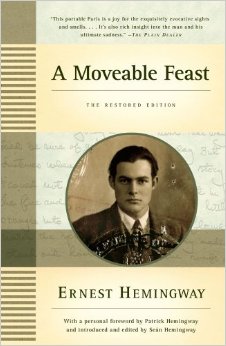


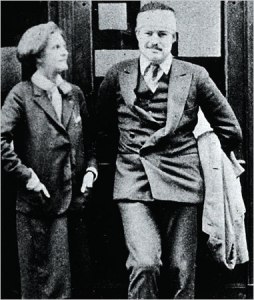

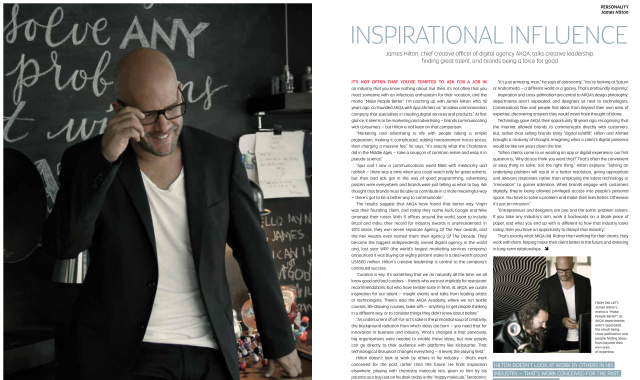

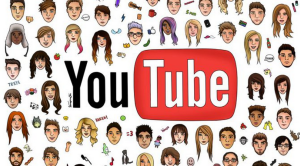
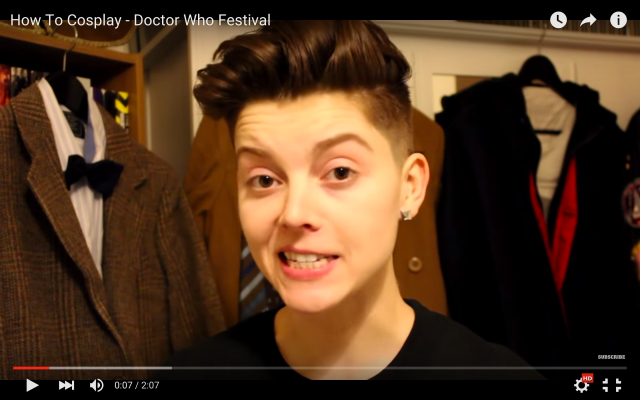

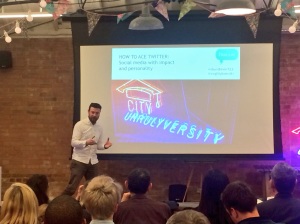 As a producer, I like to use Twitter to share my work. But I’ve always felt that I could be doing it better. Last November, Dr Rhiannon MacDonnell (Marketing Professor at Cass Business School), Barney Worfolk-Smith (Director at creative social agency That Lot), and David Levin (Creative Director at That Lot) gave their expert advice on how to use the micro-blogging tool at a City Unrulyversity event. The chance to learn about Twitter from an academic and commercial perspective was too good to pass up.
As a producer, I like to use Twitter to share my work. But I’ve always felt that I could be doing it better. Last November, Dr Rhiannon MacDonnell (Marketing Professor at Cass Business School), Barney Worfolk-Smith (Director at creative social agency That Lot), and David Levin (Creative Director at That Lot) gave their expert advice on how to use the micro-blogging tool at a City Unrulyversity event. The chance to learn about Twitter from an academic and commercial perspective was too good to pass up.